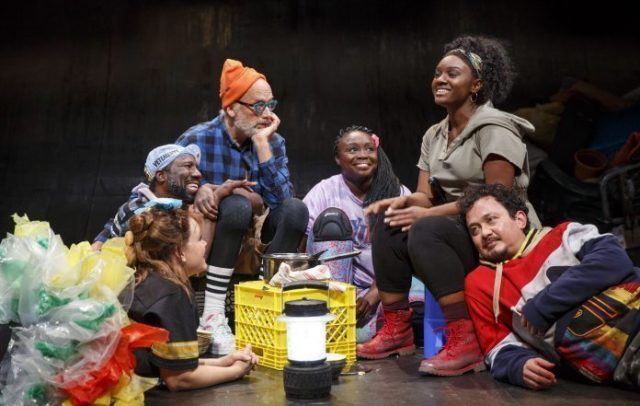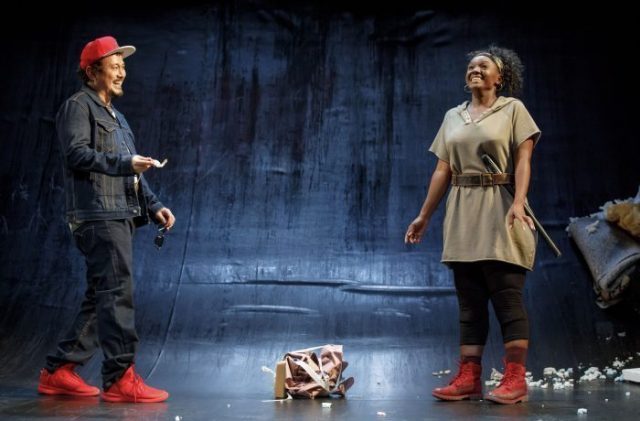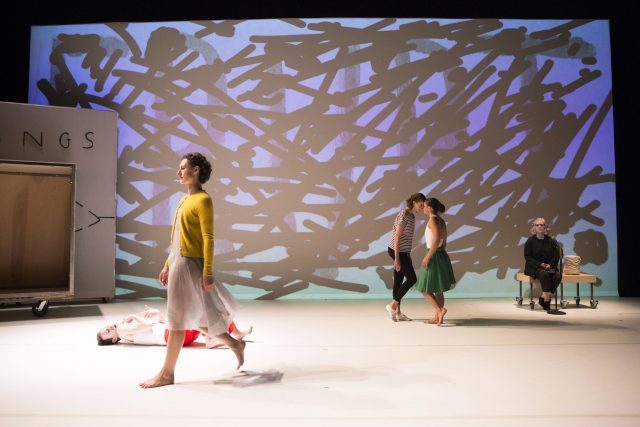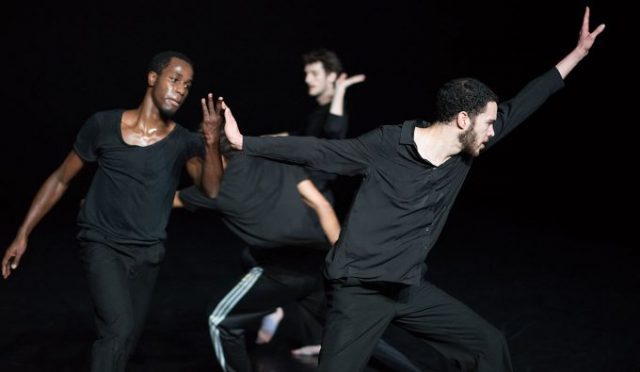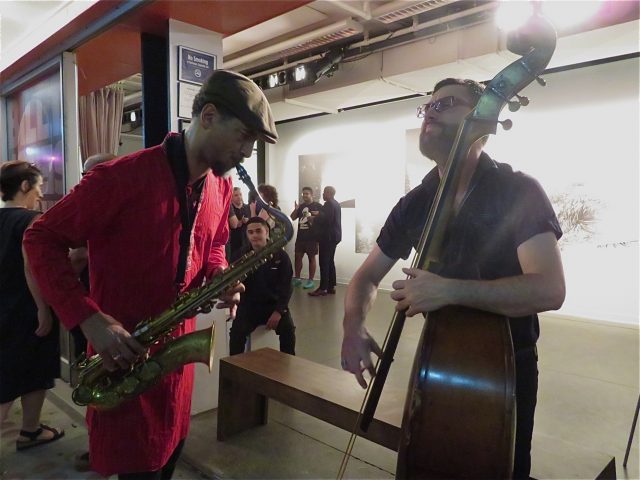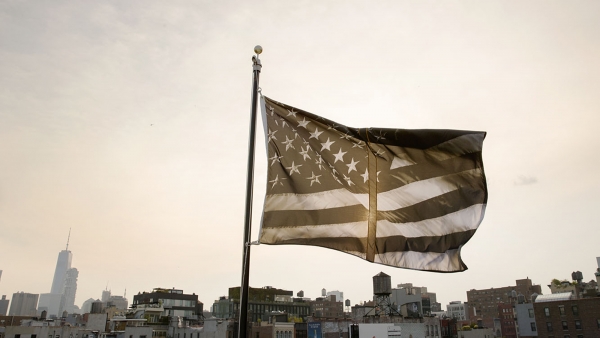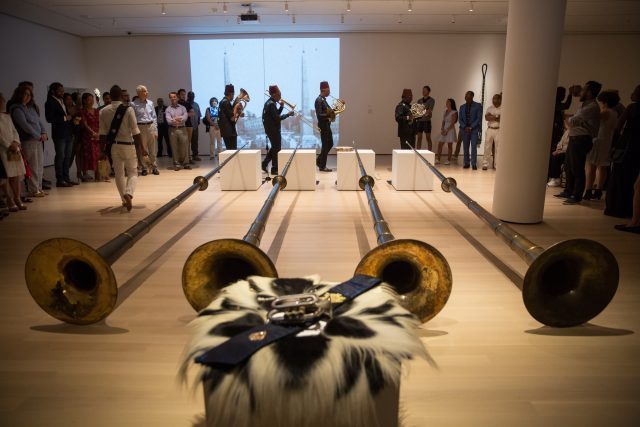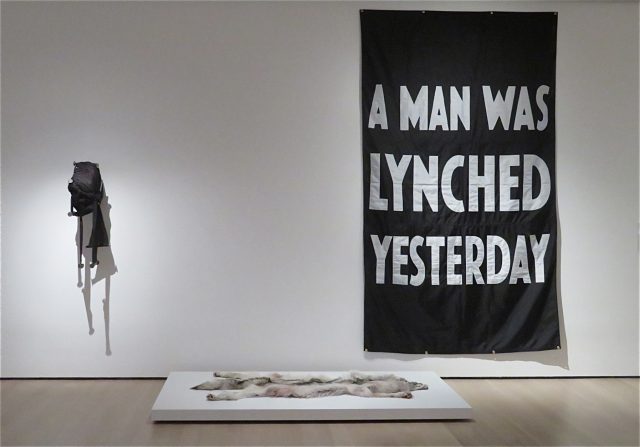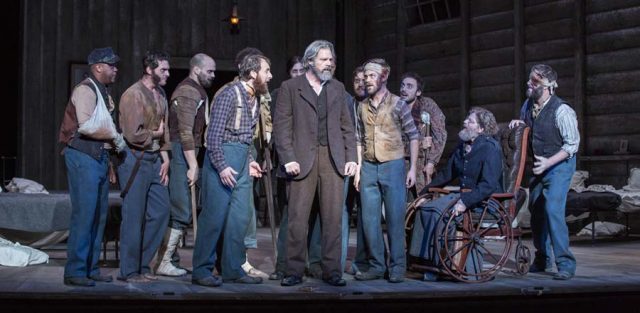
Matthew Aucoin’s Crossing makes its New York premiere at BAM this week (photo by Gretjen Helene Photography)
BAM Howard Gilman Opera House
30 Lafayette Ave. between Ashland Pl. & St. Felix St.
October 3-8, $35-$110
718-636-4100
www.bam.org/opera/2017/crossing
Five years ago, BAM presented “Crossing Brooklyn Ferry,” a three-day multimedia festival celebrating Walt Whitman’s 1856 poem of the same name from Leaves of Grass, in which the New York City native wrote, “Others will enter the gates of the ferry and cross from shore to shore, / Others will watch the run of the flood-tide, / Others will see the shipping of Manhattan north and west, and the heights of Brooklyn to the south and east, / Others will see the islands large and small; / Fifty years hence, others will see them as they cross, the sun half an hour high, / A hundred years hence, or ever so many hundred years hence, others will see them, / Will enjoy the sunset, the pouring-in of the flood-tide, the falling-back to the sea of the ebb-tide.” The Brooklyn arts institution is now returning to Whitman with Crossing, Matthew Aucoin’s hundred-minute 2015 chamber opera, which takes off from Whitman’s 1861-63 Civil War diary and these lines from the poem: “What is it then between us? / What is the count of the scores or hundreds of years between us?” The twenty-seven-year-old Aucoin wrote, composed, and conducts the work, which is directed by Tony winner Diane Paulus (Pippin, Eli’s Comin) and features the Boston-based chamber orchestra A Far Cry, with choreography by Jill Johnson, sets by Tom Pye, costumes by three-time Tony nominee David Zinn, lighting by two-time Tony winner Jennifer Tipton, and projection by Finn Ross. Baritone Rod Gilfry, who has previously appeared at BAM in David Lang’s the loser and Mark-Anthony Turnage and Richard Thomas’s Anna Nicole, plays Whitman, a Civil War nurse tending to wounded soldier John Wormley, portrayed by tenor Alexander Lewis. The work, which was produced and commissioned by the American Repertory Theater at Harvard University, runs October 3-8 as part of BAM’s 2017 Next Wave Festival. “Crossing emerges out of my sense that Whitman wrote his poetry out of need,” Aucoin writes, “that his poetry is not, or is not exclusively, a vigorous assertion of what he is, but rather the expression of a yearning to be what he is not, or to reconcile opposing aspects of his identity. The person/persona/personality ‘Walt Whitman, an American, one of the roughs’ is the living product of this need.”
